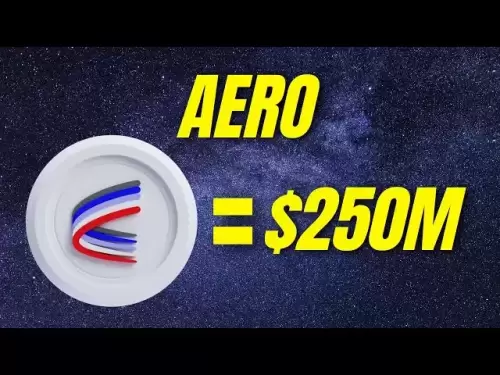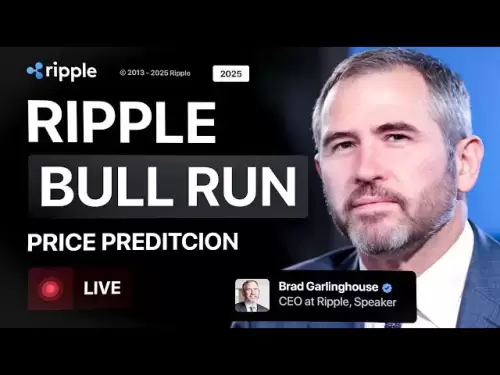-
 Bitcoin
Bitcoin $115,838.9935
4.06% -
 Ethereum
Ethereum $2,962.3060
6.90% -
 Tether USDt
Tether USDt $0.9999
-0.05% -
 XRP
XRP $2.5366
5.01% -
 BNB
BNB $686.0768
2.37% -
 Solana
Solana $163.9329
4.06% -
 USDC
USDC $0.9999
-0.02% -
 Dogecoin
Dogecoin $0.1924
5.65% -
 TRON
TRON $0.2929
1.03% -
 Cardano
Cardano $0.6744
8.30% -
 Hyperliquid
Hyperliquid $43.6306
6.90% -
 Sui
Sui $3.4647
12.59% -
 Bitcoin Cash
Bitcoin Cash $519.0816
1.17% -
 Chainlink
Chainlink $15.2152
6.57% -
 Stellar
Stellar $0.3034
5.48% -
 Avalanche
Avalanche $20.5939
5.48% -
 UNUS SED LEO
UNUS SED LEO $9.0437
0.50% -
 Hedera
Hedera $0.1878
9.62% -
 Shiba Inu
Shiba Inu $0.0...01321
6.26% -
 Toncoin
Toncoin $2.9364
3.03% -
 Litecoin
Litecoin $94.5494
4.04% -
 Polkadot
Polkadot $3.8539
5.80% -
 Monero
Monero $327.4607
0.26% -
 Dai
Dai $0.9997
-0.04% -
 Uniswap
Uniswap $8.5043
0.84% -
 Ethena USDe
Ethena USDe $1.0007
-0.05% -
 Bitget Token
Bitget Token $4.5445
3.39% -
 Pepe
Pepe $0.0...01226
9.12% -
 Aave
Aave $310.6483
2.50% -
 Pi
Pi $0.5024
6.43%
How does a crypto lending protocol calculate interest rates with smart contracts?
Crypto lending protocols use smart contracts to automate borrowing and lending, adjusting interest rates in real time based on supply, demand, and utilization ratios.
Jul 11, 2025 at 07:21 am
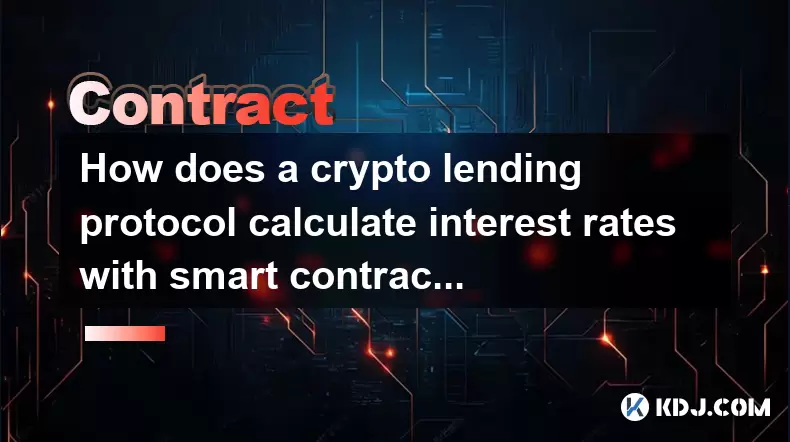
Understanding the Basics of Crypto Lending Protocols
Crypto lending protocols operate on blockchain networks using smart contracts to automate the process of borrowing and lending digital assets. These platforms allow users to supply liquidity (lend) or take out loans without intermediaries, relying entirely on self-executing code. At the heart of these systems is the mechanism that determines how interest rates are calculated and adjusted in real time.
Smart contracts are essentially automated agreements with predefined rules. In the context of crypto lending, they handle everything from fund transfers to interest accruals based on specific parameters embedded within their code.
The Role of Supply and Demand in Interest Rate Determination
One of the primary factors influencing interest rates in a lending protocol is the balance between asset supply and demand. When more users want to borrow a particular cryptocurrency, its demand increases, which typically leads to higher borrowing rates. Conversely, if many users are depositing an asset, the increased supply may reduce the yield for lenders.
This dynamic pricing model is usually governed by an algorithmic formula encoded into the smart contract. The formula adjusts the interest rate continuously based on the utilization ratio — the percentage of deposited funds that have been borrowed at any given time.
- Utilization ratio = (Total Borrowed / Total Deposited)
- As this ratio approaches 100%, borrowing rates increase significantly to incentivize repayments and discourage further borrowing.
- When the utilization ratio drops, interest rates decrease to encourage new borrowers and reduce idle capital.
Types of Interest Rates in Smart Contracts
Most crypto lending protocols use two types of interest rates: variable and fixed. While variable rates fluctuate in response to market conditions, fixed rates remain constant over a specified period.
In most DeFi lending platforms like Aave or Compound, variable interest rates are standard. These rates are updated frequently (often every block) through the smart contract’s logic. Fixed rates, although less common, can be offered through derivative instruments or secondary markets built atop the core lending protocol.
- Variable interest rates are recalculated each time a new block is mined, reflecting the current state of the pool.
- Fixed interest mechanisms often involve off-chain oracles or separate smart contract structures to lock in rates for certain durations.
How Smart Contracts Calculate Interest Over Time
Interest calculation in a crypto lending protocol is done using a compounding method that updates balances at regular intervals, often per block. Each time a new Ethereum (or other chain's) block is mined, the smart contract runs calculations to determine accrued interest for both lenders and borrowers.
The basic formula used is:
Interest Accrued = Principal × Rate × Time
Where:
- Principal is the amount of the asset deposited or borrowed.
- Rate refers to the current interest rate per second or per block.
- Time is the elapsed time since the last update (usually one block).
The accrued interest is then added to the user’s account balance, effectively compounding the interest automatically without requiring manual action.
Adjustable Parameters and Governance Influence
Many lending protocols include governance mechanisms that allow token holders to adjust certain parameters affecting interest rates. These include base rates, multipliers, and thresholds that influence the rate calculation formula.
For example, the base interest rate might represent the minimum return lenders receive even when there is no borrowing activity. Meanwhile, a slope multiplier determines how quickly the interest rate increases as utilization rises.
- Protocols like Aave use a Jump Rate Model, where the interest rate jumps to a higher level once a certain threshold of utilization is crossed.
- Compound uses a linear interest rate model where rates increase linearly with utilization until reaching a cap.
Governance proposals can modify these values to optimize capital efficiency or respond to changing market conditions.
Frequently Asked Questions
Q: Can interest rates be manipulated by large depositors or borrowers?
A: While large actors can temporarily influence utilization ratios, most well-designed protocols include safeguards such as dynamic rate adjustments and liquidation mechanisms that prevent long-term manipulation.
Q: How often are interest rates updated in a lending protocol?
A: Rates are typically updated every block. On Ethereum, this occurs roughly every 12–15 seconds, ensuring that interest calculations remain accurate and responsive to market changes.
Q: Do all crypto lending platforms use the same interest rate models?
A: No. Different platforms employ various models such as linear, jump rate, or custom curves depending on their design goals and governance preferences.
Q: Are interest earnings automatically compounded in lending protocols?
A: Yes, interest is generally compounded automatically through smart contract logic, increasing the principal amount without requiring user interaction.
Disclaimer:info@kdj.com
The information provided is not trading advice. kdj.com does not assume any responsibility for any investments made based on the information provided in this article. Cryptocurrencies are highly volatile and it is highly recommended that you invest with caution after thorough research!
If you believe that the content used on this website infringes your copyright, please contact us immediately (info@kdj.com) and we will delete it promptly.
- Cathie Wood, Robotics, and Stock Bets: Navigating the AI-Driven Future
- 2025-07-11 12:30:12
- Granny's Garden: Vegetables, School Fees, and the Heart of Education
- 2025-07-11 12:30:12
- Ethena's USDe: Revenue Rockets, Regulatory Hurdles, and Market Dynamics
- 2025-07-11 10:50:12
- Bitcoin's Wild Ride: Supply Tightening Meets Volatility
- 2025-07-11 11:10:12
- Meme Coin Mania: A Crypto Paradigm Surge?
- 2025-07-11 11:10:12
- Walmart, Pudgy Penguins, and Altcoin Surge: What's the Hype?
- 2025-07-11 10:30:12
Related knowledge
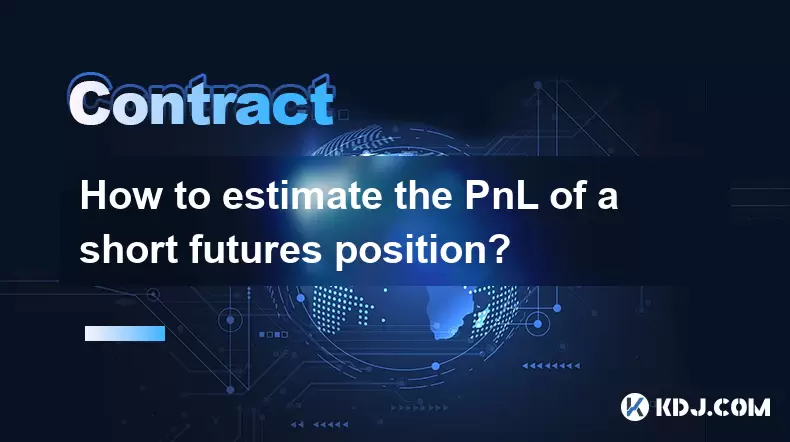
How to estimate the PnL of a short futures position?
Jul 10,2025 at 05:00pm
Understanding the Basics of Futures Trading and PnLIn futures trading, a trader enters into a contract to buy or sell an asset at a predetermined pric...
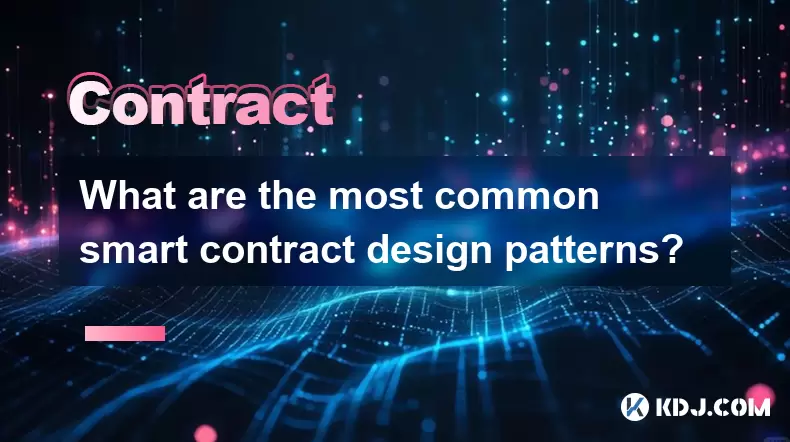
What are the most common smart contract design patterns?
Jul 10,2025 at 09:29pm
Introduction to Smart Contract Design PatternsSmart contract design patterns are standardized solutions to recurring problems encountered during the d...
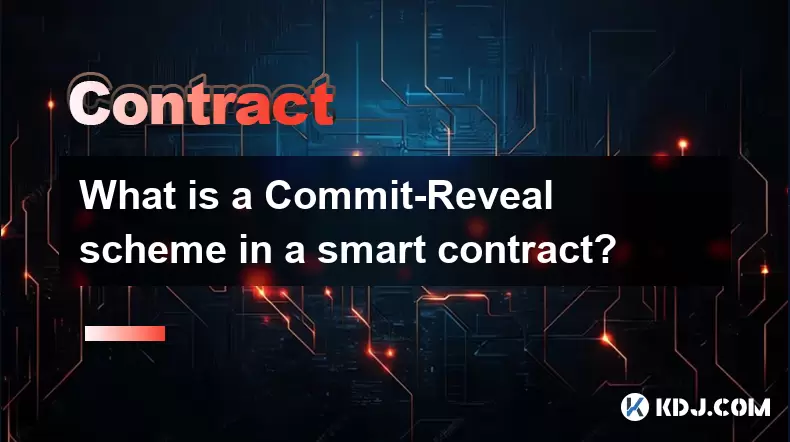
What is a Commit-Reveal scheme in a smart contract?
Jul 10,2025 at 05:22pm
Understanding the Concept of a Commit-Reveal SchemeIn the realm of blockchain and smart contracts, privacy and fairness are often critical concerns, e...
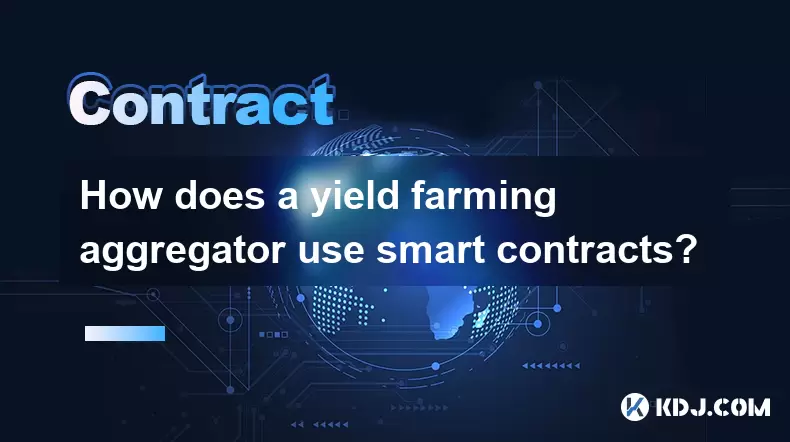
How does a yield farming aggregator use smart contracts?
Jul 11,2025 at 02:49am
Understanding the Role of Smart Contracts in Yield Farming AggregatorsA yield farming aggregator leverages smart contracts to automate and optimize th...
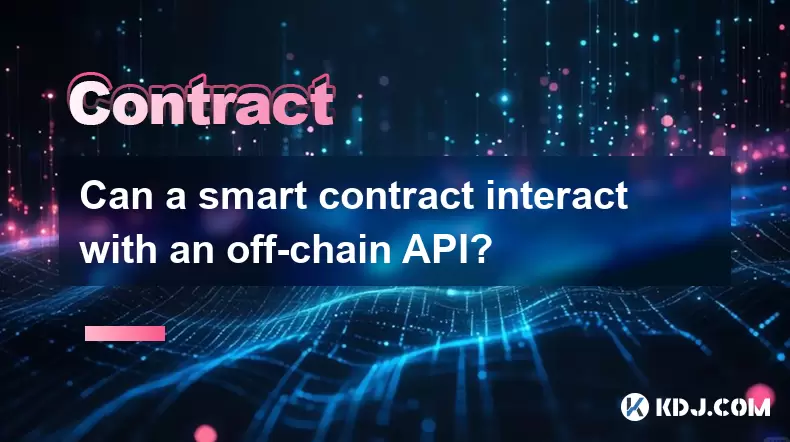
Can a smart contract interact with an off-chain API?
Jul 10,2025 at 09:42pm
What is a Smart Contract?A smart contract is a self-executing contract with the terms of the agreement directly written into lines of code. These cont...

How does a crypto lending protocol calculate interest rates with smart contracts?
Jul 11,2025 at 07:21am
Understanding the Basics of Crypto Lending ProtocolsCrypto lending protocols operate on blockchain networks using smart contracts to automate the proc...

How to estimate the PnL of a short futures position?
Jul 10,2025 at 05:00pm
Understanding the Basics of Futures Trading and PnLIn futures trading, a trader enters into a contract to buy or sell an asset at a predetermined pric...

What are the most common smart contract design patterns?
Jul 10,2025 at 09:29pm
Introduction to Smart Contract Design PatternsSmart contract design patterns are standardized solutions to recurring problems encountered during the d...

What is a Commit-Reveal scheme in a smart contract?
Jul 10,2025 at 05:22pm
Understanding the Concept of a Commit-Reveal SchemeIn the realm of blockchain and smart contracts, privacy and fairness are often critical concerns, e...

How does a yield farming aggregator use smart contracts?
Jul 11,2025 at 02:49am
Understanding the Role of Smart Contracts in Yield Farming AggregatorsA yield farming aggregator leverages smart contracts to automate and optimize th...

Can a smart contract interact with an off-chain API?
Jul 10,2025 at 09:42pm
What is a Smart Contract?A smart contract is a self-executing contract with the terms of the agreement directly written into lines of code. These cont...

How does a crypto lending protocol calculate interest rates with smart contracts?
Jul 11,2025 at 07:21am
Understanding the Basics of Crypto Lending ProtocolsCrypto lending protocols operate on blockchain networks using smart contracts to automate the proc...
See all articles























